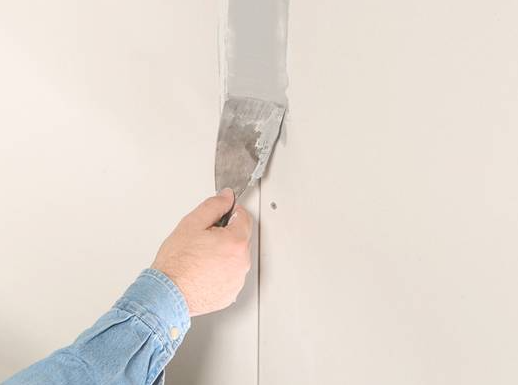Hydroxypropyl Methyl Cellulose (HPMC) is widely used in putty powder formulations due to its beneficial properties such as water retention, workability, and adhesion. However, certain issues can arise during its application. This article discusses the conventional problems encountered with HPMC in putty powder and provides practical solutions to address them.
Common Problems with HPMC in Putty Powder
1. Poor Water Retention
Problem: Insufficient water retention can lead to rapid drying of the putty, resulting in poor adhesion and cracking.
Solution:
- Adjust HPMC Dosage: Ensure the appropriate amount of HPMC is used in the formulation. Increasing the dosage can enhance water retention.
- Choose the Right Grade: Select an HPMC grade with higher water retention capacity to meet the specific needs of your formulation.
2. Inconsistent Workability
Problem: Variations in workability can cause difficulties in application, leading to an uneven surface finish.
Solution:
- Optimize Mixing Process: Ensure thorough mixing of HPMC with other ingredients to achieve a uniform consistency.
- Control Water Addition: Add water gradually and mix thoroughly to achieve the desired workability.
3. Poor Adhesion
Problem: Insufficient adhesion can result in the putty layer detaching from the substrate, reducing the durability of the finish.
Solution:
- Increase HPMC Concentration: A higher concentration of HPMC can improve the adhesive properties of the putty.
- Use Compatible Additives: Incorporate other adhesion-promoting additives that work synergistically with HPMC.
4. Sagging and Slumping
Problem: Sagging occurs when the putty does not hold its shape and flows downward, leading to an uneven application.
Solution:
- Adjust HPMC Viscosity: Select an HPMC grade with higher viscosity to provide better stability and resistance to sagging.
- Fine-Tune Formulation: Modify the formulation to include thickeners or fillers that enhance the stability of the putty.
5. Cracking
Problem: Cracking in the putty layer can occur due to shrinkage or insufficient flexibility.
Solution:
- Optimize HPMC Dosage: Ensure the correct amount of HPMC is used to balance water retention and flexibility.
- Incorporate Flexibility Enhancers: Add polymers or other additives that improve the flexibility and reduce the risk of cracking.
Practical Solutions for Enhancing HPMC Performance in Putty Powder
Proper HPMC Selection
Selecting the appropriate grade of HPMC is crucial for achieving the desired performance in putty powder. Consider the following factors:
- Viscosity: Higher viscosity grades provide better water retention and stability, while lower viscosity grades enhance workability.
- Particle Size: Finer particles dissolve more easily and provide a smoother texture.
Optimized Formulation
An optimized formulation that balances HPMC with other components can significantly improve performance:
- Fillers and Binders: Use the right combination of fillers and binders to achieve the desired consistency and adhesion.
- Additives: Incorporate additives such as plasticizers, stabilizers, and adhesion promoters to enhance the overall properties of the putty.
Controlled Mixing Process
A controlled mixing process ensures uniform distribution of HPMC and other ingredients:
- Gradual Addition of Water: Add water slowly and mix thoroughly to achieve a homogeneous mixture.
- Mechanical Mixing: Use mechanical mixers for consistent and efficient blending of ingredients.
Environmental Considerations
Environmental factors can affect the performance of HPMC in putty powder:
- Temperature and Humidity: Control the working environment to minimize the impact of temperature and humidity on the drying and curing process.
- Storage Conditions: Store HPMC and putty powder in a cool, dry place to maintain their quality and effectiveness.
Conclusion
Hydroxypropyl Methyl Cellulose (HPMC) is an essential additive in putty powder formulations, offering benefits such as improved water retention, workability, and adhesion. However, conventional problems such as poor water retention, inconsistent workability, poor adhesion, sagging, and cracking can arise. By selecting the appropriate HPMC grade, optimizing the formulation, and controlling the mixing process and environmental conditions, these issues can be effectively addressed. Implementing these practical solutions will enhance the performance and quality of putty powder, leading to more durable and aesthetically pleasing finishes in construction projects.


